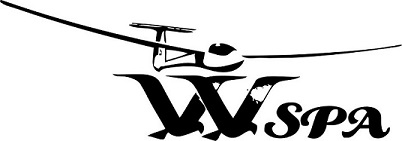Written By: Ishitha Arekapudi
When I was 14 years old, sitting in my bedroom research about aviation opportunities, I wish I had stumbled upon a post like this. If you find yourself eager to begin flying and taking advantage of the resources available to you, I hope this article has information applicable to you!
1. Take an Introductory Glider Flight
- Find a gliderport or soaring club near you and schedule an introductory flight.
- You’ll fly in a dual-controlled glider with an instructor, who will guide you through basic maneuvers.
- Most launches in the U.S. use an aerotow, where a powered aircraft tows the glider into the air before releasing it. Some locations offer winch or auto launches, which can be more cost-effective.
2. Begin Flight Training
- Most students train weekly, often with multiple flights per session.
- Early lessons cover straight-and-level flight, turns, stall recovery, traffic patterns, and landings.
- Your instructor will guide you as you develop skills and confidence in the cockpit.
3. Study for the FAA Written Exam
- While training, you’ll need to learn about aerodynamics, soaring techniques, safety procedures, and navigation.
- Study resources include the Soaring Society of America (SSA) Online Store, commercial glider schools, and aviation textbooks.
- To earn your Private Pilot Glider certificate later, you’ll need to pass an FAA written exam.
4. Solo at 14 Years Old
- FAA regulations allow glider solo flights at 14—two years earlier than powered aircraft.
- Most students solo after 30-35 flights, but progress depends on individual skill, weather, and training conditions.
- Once you solo, you’ll continue refining your skills while occasionally flying with instructors.
5. Work Toward a Private Pilot Glider Certificate
- After soloing, you can begin training for your Private Pilot Glider certificate (minimum age: 16).
- This requires additional flight training, a flight check, and passing the FAA oral and flight exam.
- With this certification, you can legally carry passengers and advance in soaring.
6. Explore Scholarships & Get Involved
- Organizations like the Soaring Society of America (SSA) and local aviation groups offer scholarships to help young pilots with training costs.
- Many young pilots participate in soaring competitions, cross-country flights, and local soaring clubs to build experience and connections.
Ready to Take Off?
- Use the SSA’s “Where to Fly” map to find a nearby gliderport.
- Reach out to local flight schools about introductory lessons and training programs.
- If cost is a concern, look for scholarships, training programs, or volunteer opportunities at gliderports to reduce expenses.
Starting in gliders at 14 is an incredible way to enter aviation early. Many airline pilots, military aviators, and aerospace professionals began in gliders, even Neil Armstrong!


